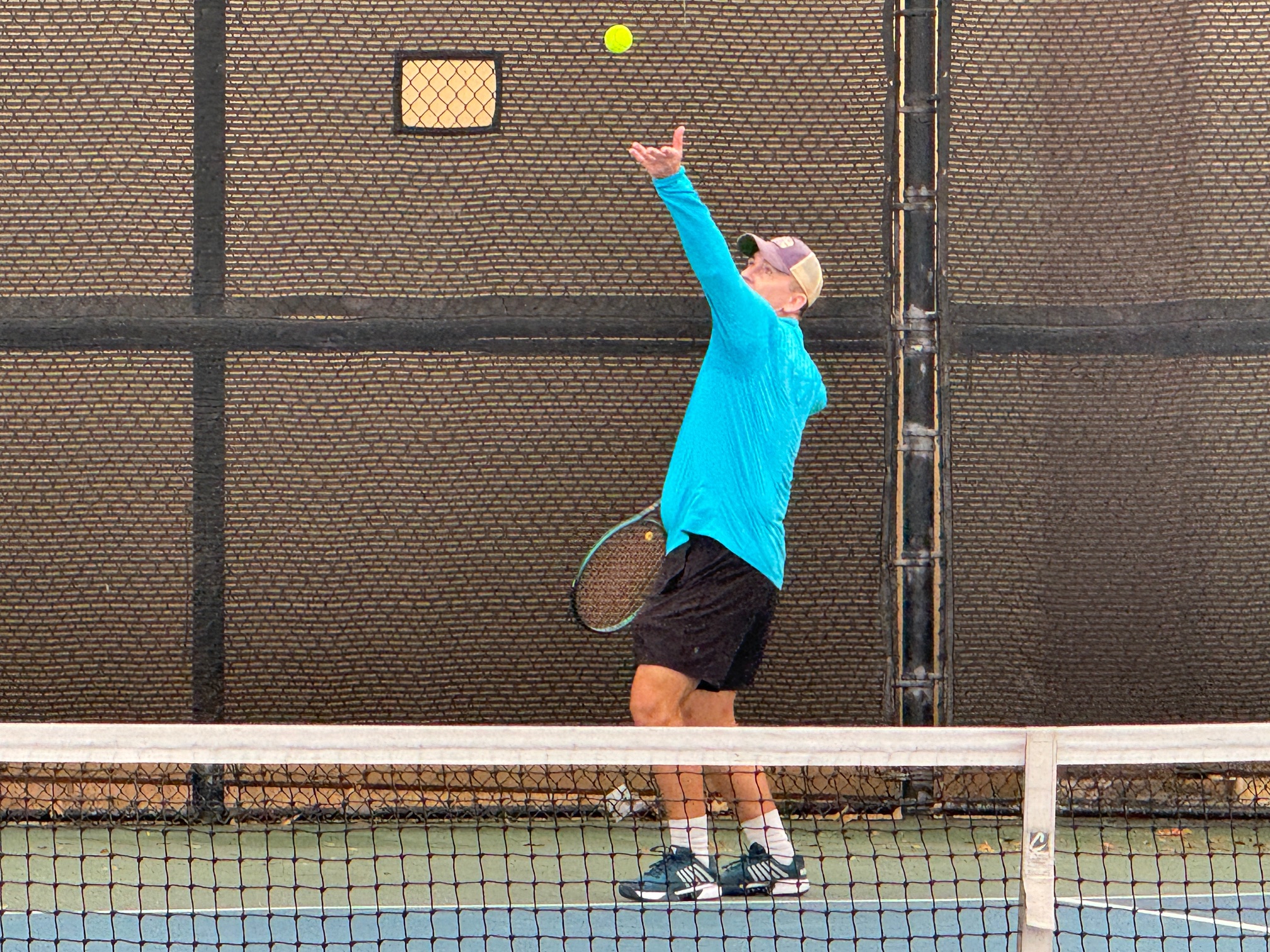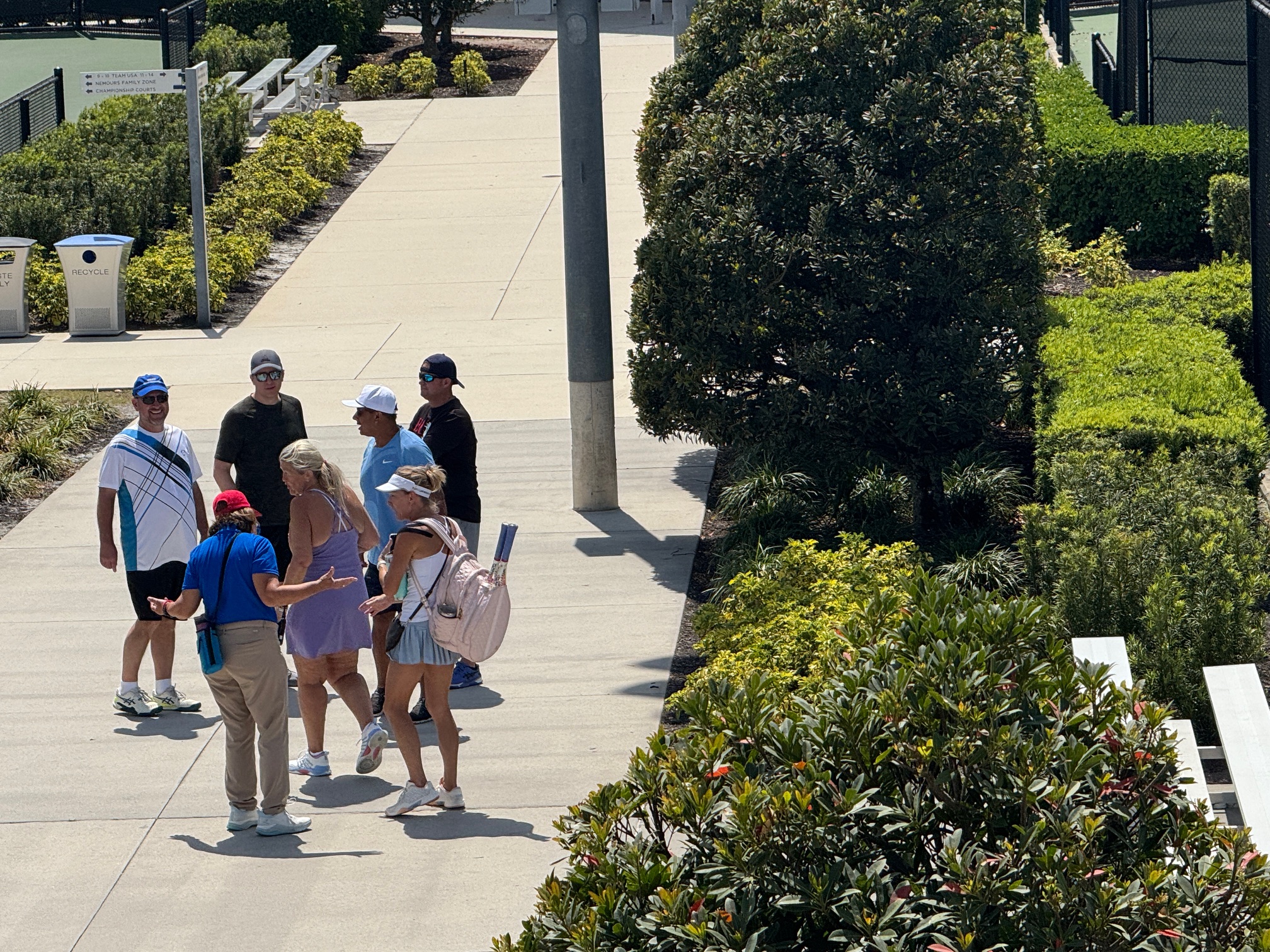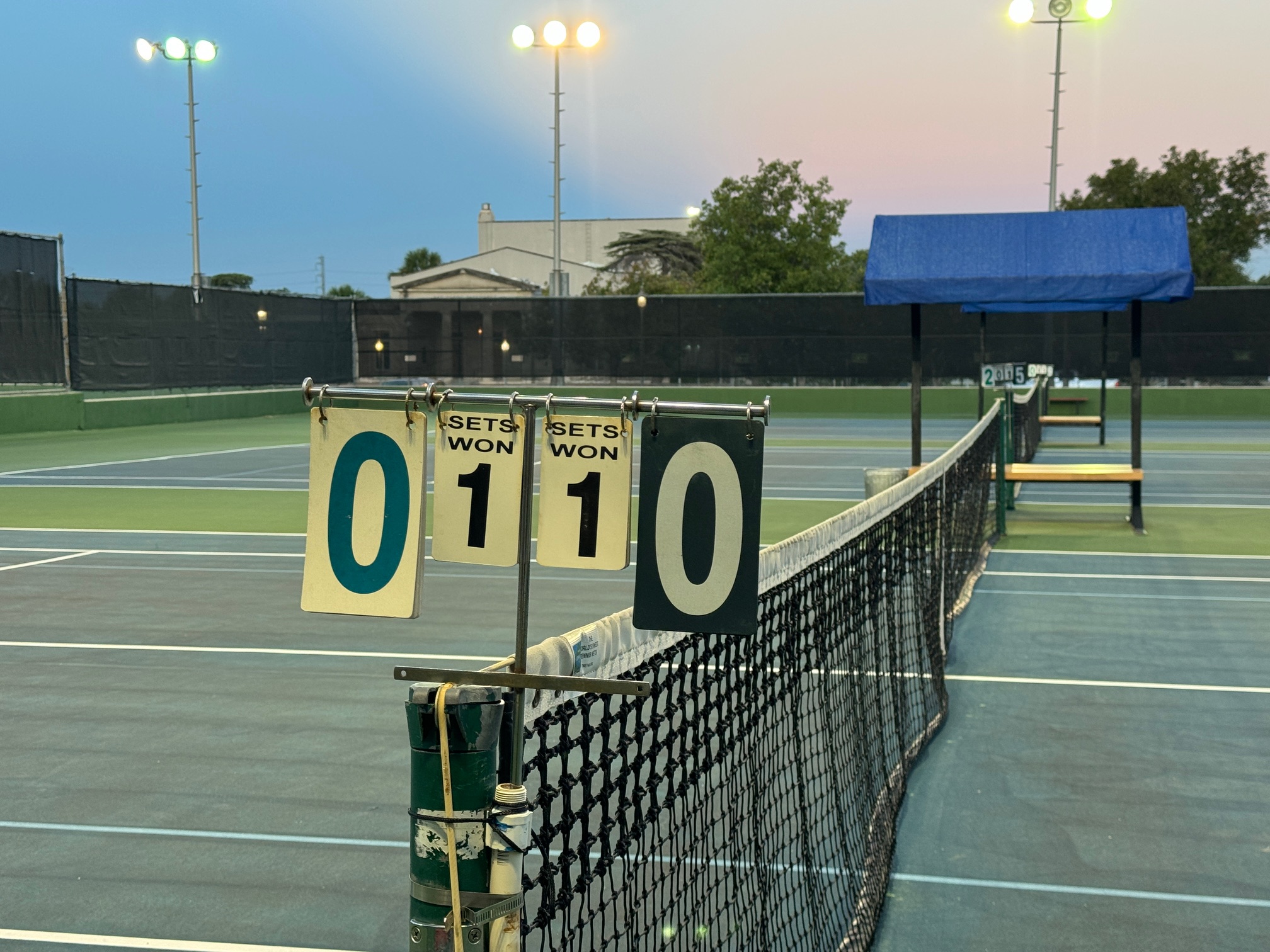Last Wednesday, I closed my weekly “Tennis Rules” post with a pledge to continue exploring the new rules limiting NTRP Appeals in the USTA League Regulations for 2026. Specifically, I wrote that I would speculate on the precise problem the USTA League National Committee may have been attempting to solve with the change. I also indicated that I would use the opportunity to overthink how the new rule might incentivize player behaviour. In true “Fiend at Court” fashion, I promptly forgot about that and drafted an entirely different post. Late last evening, I finally remembered that I had some unfinished business from last week. If this post seems unusually unpolished, understand that it was a last-minute effort.
A recurring theme on this site is the importance of identifying the specific problem that any changes to the rules of tennis are intended to resolve. Without that clarity, those updates risk becoming little more than performative busywork as evidence that a USTA Committee is doing something. In this particular case, the new rules limit NTRP Appeals, and I believe that the committee was working to solve a perceived problem. I have two working theories about what the USTA League Committee might have thought when they put pen to paper.
- The USTA League Committee may have been responding to complaints that the same players and teams go to Sectionals (and Nationals) year after year, but never seem to get an NTRP ratings bump-up.
- Alternatively, the USTA League Committee may have responded to grousing from a tennis culture that increasingly views players who have successfully appealed their NTRP ratings with suspicion or with a prevalent belief that those players have done something shady or unethical.
For reference, this is the new USTA League Regulation that is the “solution” to one of those perceived problems. (Or at least those that I am speculating that the committee may have been attempting to solve. If an insider wants to set that record straight, I am all ears.)
CHAMPIONSHIP PLAYERS.
2026 USTA League National Regulations, Regulation 2.07
A championship player’s computer rating generated as a result of play in the Adult 18 & Over and Adult 40 & Over Sectional or National Championships may not be appealed down after the Championship Year it is received except as in Reg. 2.05D Medical Appeals and Reg. 2.05E Age Related Appeals of Players 60 or Over.
The NTRP ratings calculation algorithm is a closely guarded USTA secret. However, it’s widely believed that matches played at Sectionals and Nationals are weighted more heavily than regular season results. For those who have turned to the dark side, that belief has been a cornerstone of NTRP ratings management strategy for years. Savvy players understand that what happens at Sectionals and Nationals can carry an outsized influence on their end-of-year rating. For years, conventional wisdom has been that players who compete well at Nationals cannot successfully appeal their ratings. Unfortunately, I know of a couple of exceptions to that rule of thumb in the recent past. Those instances could possibly have been the catalyst for this recent rule change.
Unfortunately, not all matches at Sectionals and Nationals are equivalent, at least in terms of how much they matter. The post “Tennis Ratings Management: Adult Edition” built a case for why weighting every match at Sectionals and Nationals higher than the regular season is a fallacy. Once a team is eliminated from contention for winning the Championship, those “dead rubber” matches are a potential ratings management boon. Put bluntly, once a team is no longer in contention, some players may succumb to the temptation to put out less than their best effort for the sake of keeping everyone together to make another run at the Championship next year.
This brings me to pure speculation of how players who are perceived to be on the cusp of a ratings promotion might approach their play at Sectionals and Nationals. It’s important to note that the new rule was already ineffect for Nationals. Specifically, players competing well at those Championships were generally understood to be locked into an un-appealable rating for the following year. Sectionals, however, are a different beast. At Nationals, there’s an implied social contract to play everyone who made the trip, especially when teams are already out of contention. Putting down roster players into the lineup at Nationals is generally viewed as sportsmanlike behavior. At Sectionals, the stakes are higher and the focus is on advancement. The net result is that more matches matter at Sectionals than at Nationals.
Now that the same “no appeal” rule applies at the Sectional level, players teetering on the edge of promotion may respond in one of two ways once their team is eliminated from contention. Some might try to protect their rating by deliberately losing in a way that doesn’t reflect their true playing level. Others might opt out entirely, refusing to play once they know the outcome won’t affect their team’s progression. One of these options is clearly preferable to the other, but I’ll leave determining which one as an exercise for the reader.
If the core issue the USTA League Committee was trying to address was the growing suspicion and mistrust surrounding appealed ratings, then this rule feels like a roundabout way of tackling that concern. A more direct and effective solution would have been eliminating the automatic appeal option altogether. Ironically (because I am currently on an appealed rating), I would have preferred that move. Automatic appeals have long been a source of confusion and controversy, and their very existence invites players to treat ratings like a negotiation rather than a measurement.
Ultimately, this rule change feels like an attempt to put a Band-Aid on a much deeper structural issue. Whether the committee aimed to curb perceived sandbagging, appease frustrated captains, or quiet the conspiracy theorists, the new regulation may not meaningfully change the behaviors it hopes to discourage. In fact, it could unintentionally create more widespread ratings management, particularly at Sectionals. As always, the incentives created by rule changes matter as much—if not more—than the rules themselves.
- 2025 USTA League National Regulations, USTA Resource Document, April 23, 2024.
- 2026 USTA League National Regulations, USTA Resource Document, April 1, 2025.



